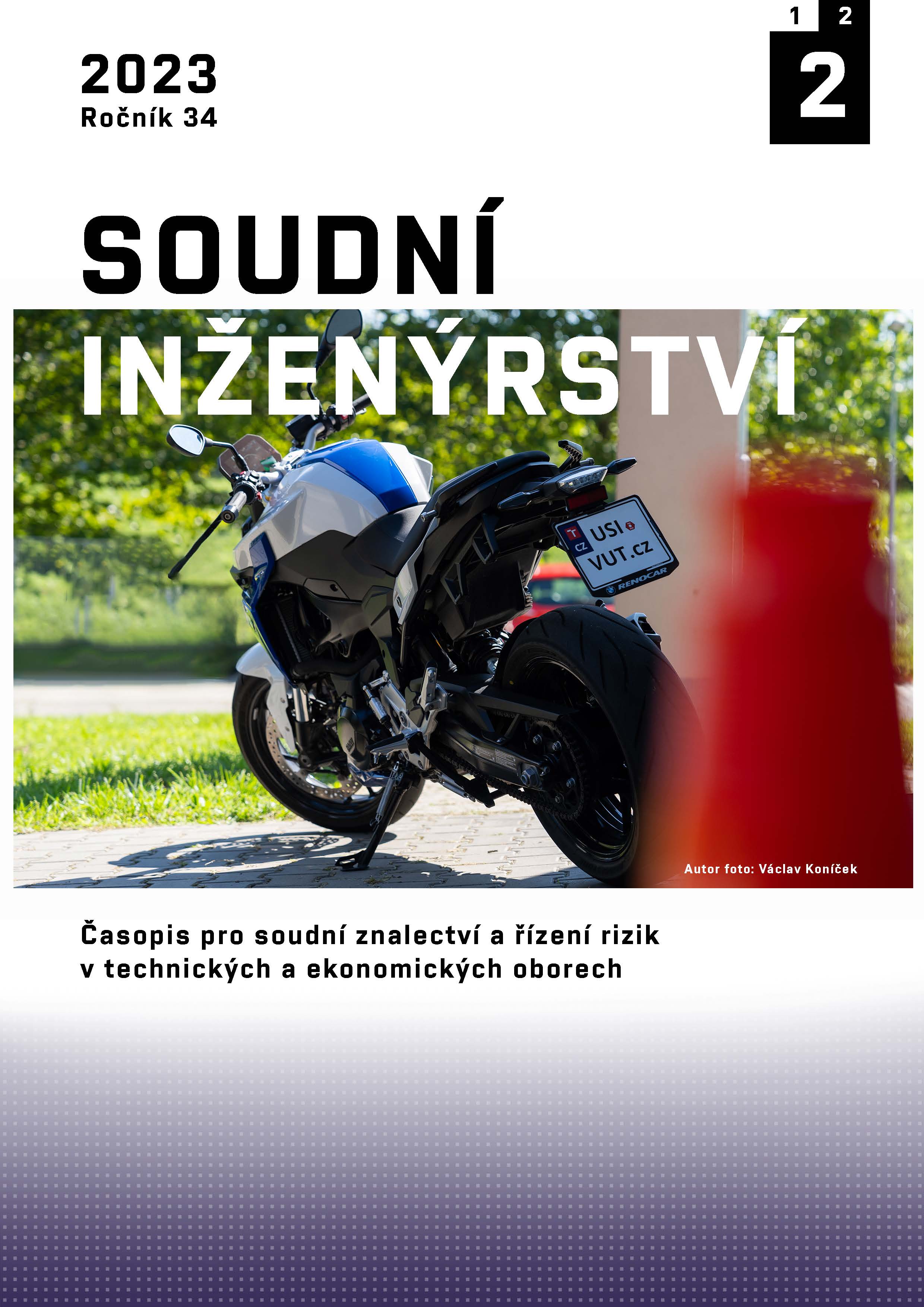Typical traits of fatigue related road accident scenarios
DOI:
https://doi.org/10.13164/SI.2023.2.32Keywords:
road accident, fatigue, microsleep, accident analysis, road monotomyAbstract
This contribution addresses traffic accidents where fatigue or microsleep was among the contributing factors. Traffic accidents associated with fatigue and microsleep are among the most severe due to a high incidence of serious and fatal injuries. Within the In-depth Road Accidents Analysis (HADN), it was found that approximately one-third of incidents involving fatigue result in injuries of such severity, surpassing the injury levels in accidents caused by other factors such as excessive speed or failure to yield.
The onset of fatigue during vehicle operation is influenced by various factors, including the driver's gender and age, sleep quality, circadian rhythm, and other variables. Studies show that men, especially young men, are more prone to fatigue while driving. Sleep duration, sleep deprivation, and different times of the day are also identified as key factors influencing the risk of fatigue-related traffic accidents. Prolonged monotonous driving increases the risk of fatigue, potentially explaining the more frequent occurrences of accidents on high-speed roads and highways associated with fatigue. After such accidents, identifying the specific cause is often challenging, leading to the need to examine risk factors and typical characteristics of the accident sequence.
As part of the In-depth Road Accidents Analysis (HADN) project conducted by the Transport Research Centre since 2011, detailed data collection on traffic accidents with injuries is carried out. This investigation focuses on infrastructure, vehicles, and human factors and takes place directly at the accident scene, aiming to obtain the most comprehensive picture of the event and its causes.
From this database, accidents where fatigue played a role, were selected and closely examined, identifying typical characteristics of these accidents, including the monotony of the route, smooth deviation from the lane, frontal collisions, and road departure. The study also confirmed that drivers affected by fatigue react minimally before a collision (only in 22% of cases). In comparison, their collision opponents attempt to prevent the collision in over 70% of cases. Furthermore, it was found that the frequency of frontal collisions in traffic accidents with fatigue is 20% higher, and the collision speed exceeds 50 km/h in 58% of cases.
The temporal and spatial distribution of these accidents was also analyzed. The most critical times for traffic accidents with fatigue align with circadian rhythm and correlate with drivers' working hours, with higher fatigue risk associated with longer distances traveled and summer months. The conclusions from HADN confirm the riskiness of first-class roads and the need to focus preventive measures on young drivers.
Additionally, an analysis of a traffic accident attributed to fatigue was conducted—the analysis aimed to identify typical characteristics of the accident sequence involving driver fatigue. The analysis revealed that, prior to the accident, the fatigued driver was traveling on a highly monotonous route, with the impact occurring in a slight right-hand curve following astraight segment. The departure from the lane occurred at a small angle. The oncoming driver in this situation reacted with braking and evasive maneuvers, while the fatigued driver did not respond. The collision occurred at high impact speeds. This accident exhibited all the typical characteristics of accident sequences identified through studies and HADN data.
Downloads
Published
License
Copyright (c) 2023 Tereza Malinková, Martina Sedláčková, Martin Rak, Robert Zůvala

This work is licensed under a Creative Commons Attribution 4.0 International License.


